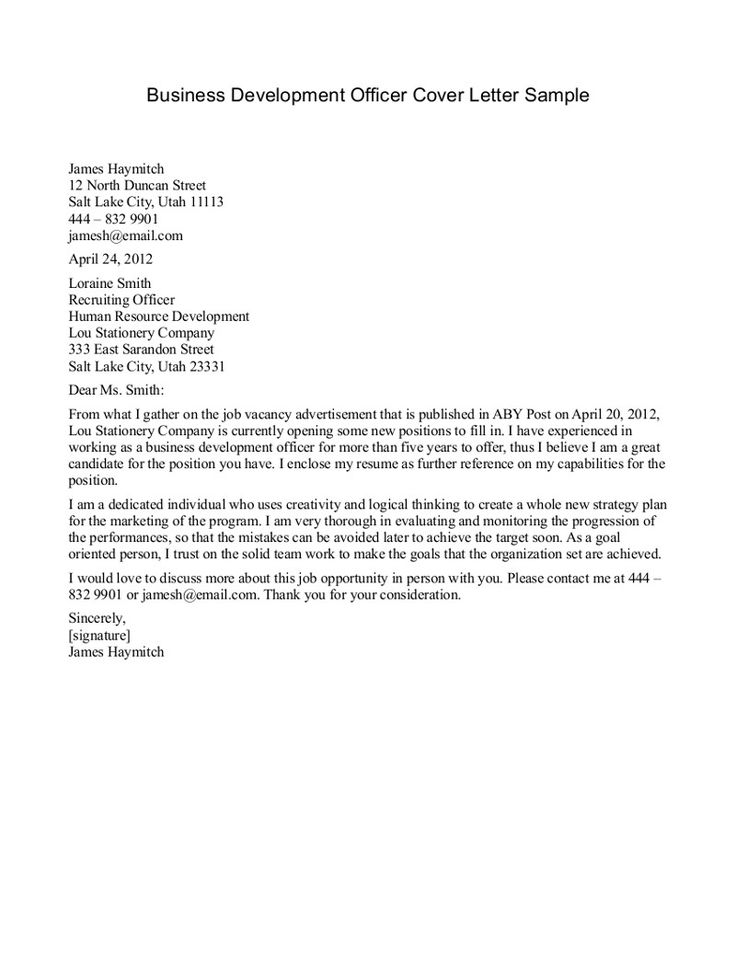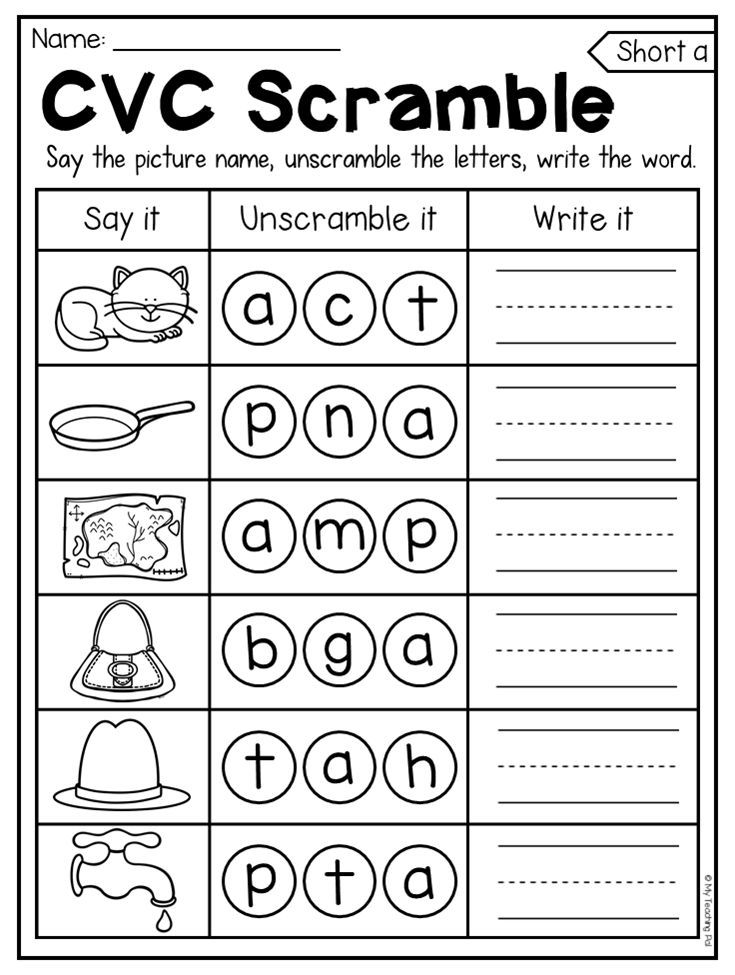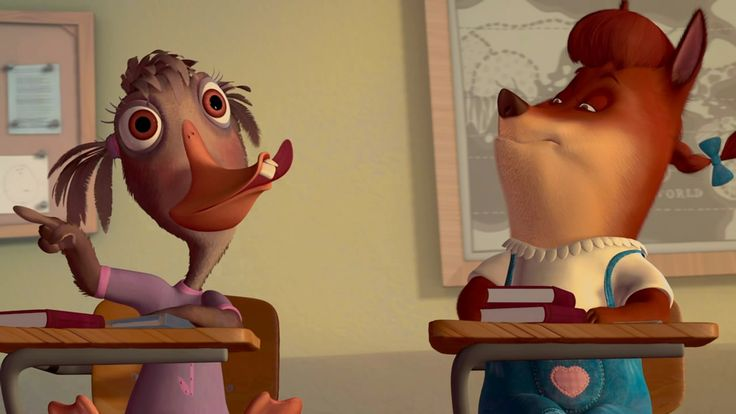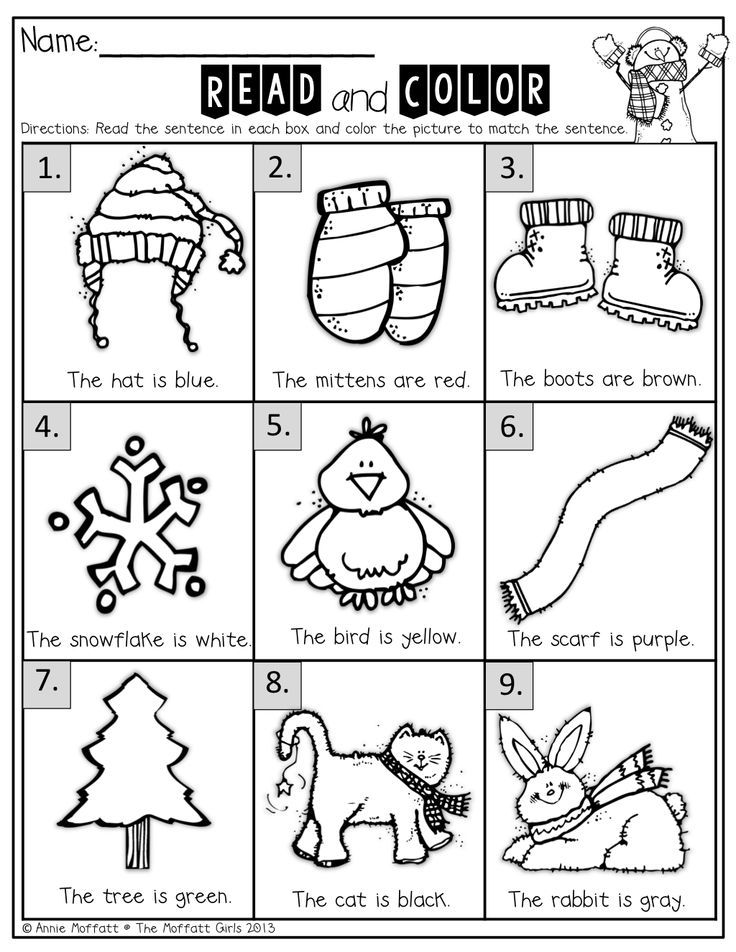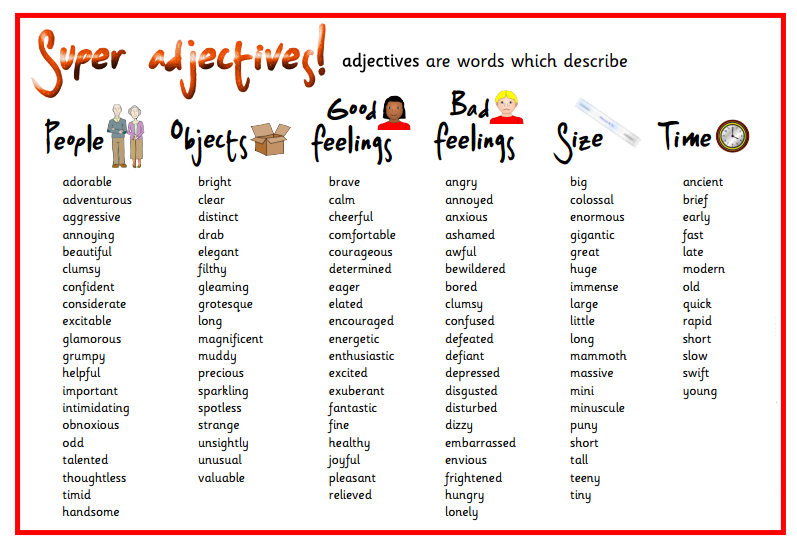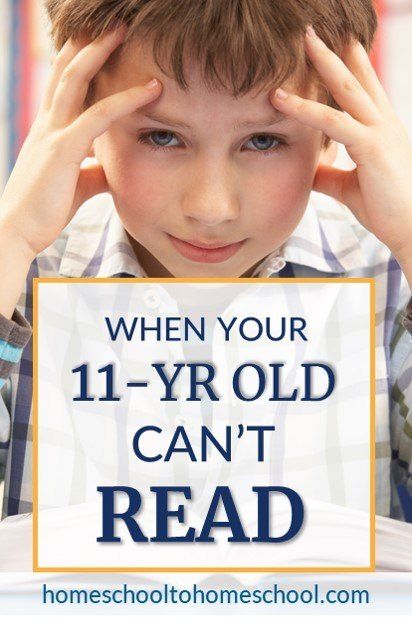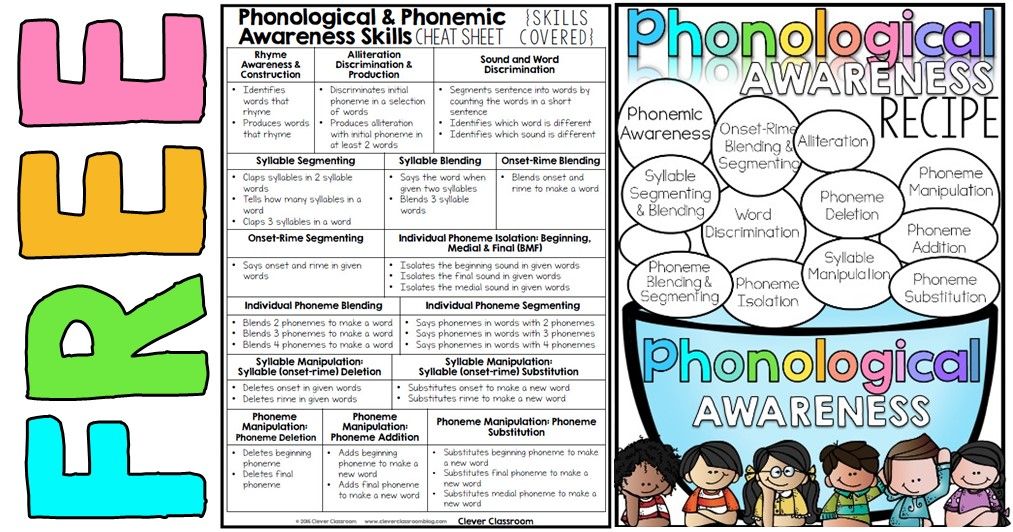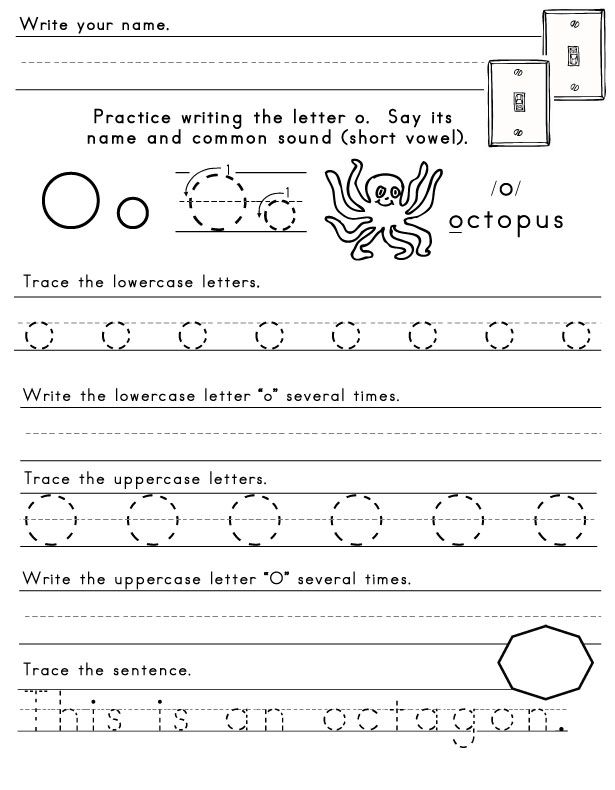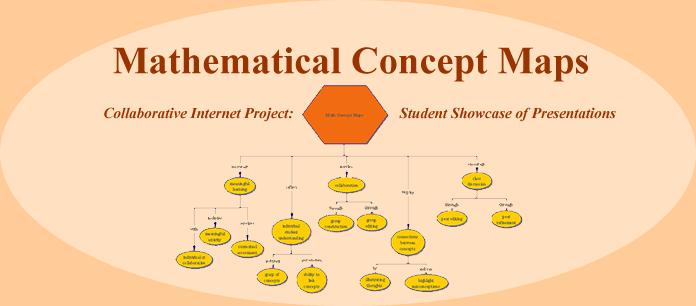Kindergarten syllables activities
12 Sensational Syllable Activities for Preschool
Being able to learn the number of syllables in words is a crucial skill for beginning readers. Activities that focus on syllables provide opportunities to strengthen reading and spelling skills. These activities teach children how to break words into smaller chunks which makes words much easier to read, write, and spell. These 12 sensational syllable activities will help your preschooler master dividing words into syllables which will increase their reading skills.
1. Valentine Syllable Game
Preschool syllable games are fun any day of the year, but this activity brings lots of fun for Valentine's Day. To play this syllable game, preschoolers will take turns choosing a card. Next, they will identify the picture and count the syllables in the word. Finally, they will place the card in the correct mailbox.
Learn more: Pre-K Pages
2. Build a Snowman
This is one of the cutest and most creative syllable activities! Preschoolers will enjoy this winter-themed snowman activity. Use some white poms or cotton balls for the body to represent the syllables in each word. Children will love building snowmen of different sizes.
Learn more: Fantastic Fun and Learning
3. Bug Syllable Count
The majority of children love a variety of bugs! Glue the bug picture cards on popsicle sticks that are painted green and make small grass cups filled with dried green peas for a cute syllable game. Preschoolers should count the syllables in each word and then stick the bug card in the correctly numbered cup.
Learn more: Pocket of Preschool
4. Summer Syllable Cards
This cute clothespin clip activity is designed to help preschoolers practice syllable counting. Using clothespins encourages fine motor development; however, you can also use tokens or buttons to place on the correct syllable number.
Learn more: Pocketful of Centers
5. Dot the Syllables
These syllable worksheets make a great marker activity! This simple activity provides syllable counting practice for preschoolers.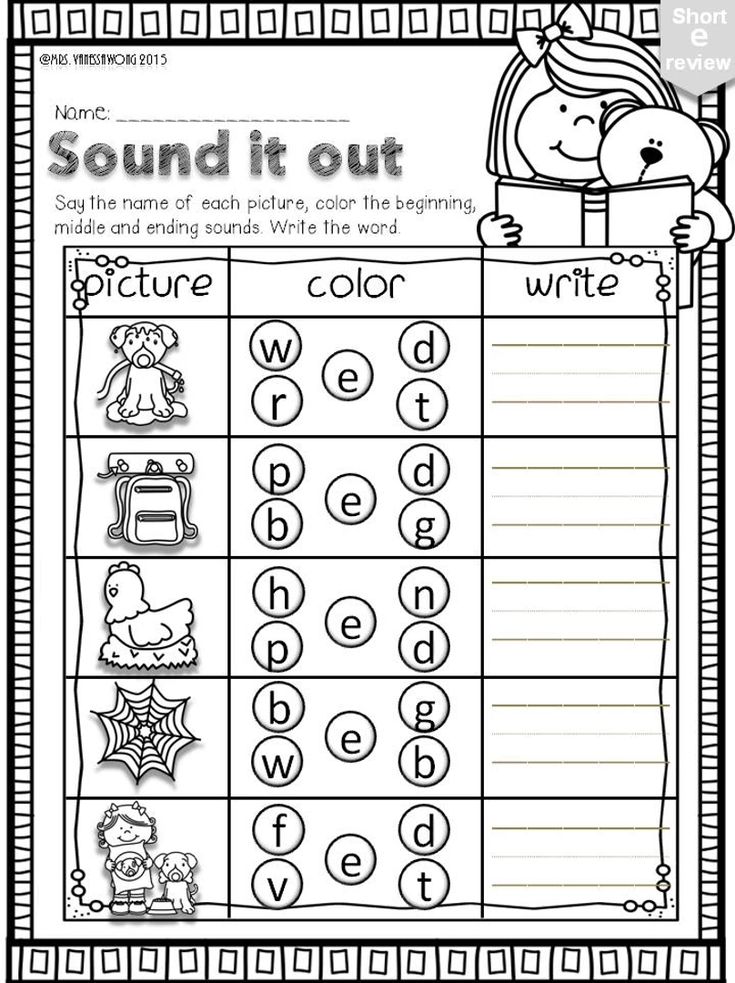 They practice slowly saying each word while breaking the word into small chunks or syllables. Then, they place a marker dot on the correct number of syllables.
They practice slowly saying each word while breaking the word into small chunks or syllables. Then, they place a marker dot on the correct number of syllables.
Learn more: This Reading Mama
6. Rain Cloud Syllable Sorting
This cute weather activity is a terrific rain cloud syllable sorting activity! It provides your preschooler with a fun way to practice syllable identification. Children will match the raindrops to the clouds based on the number of syllables identified in the words.
Learn more: From ABCs to ACTs
7. Pool Noodle Syllable Caterpillar
This hands-on activity focuses on syllables, and it is super easy and inexpensive to make. Show preschoolers picture cards of items that consist of 1 to 3 syllables. Once students have identified the picture, have them place the correct number of pool noodle pieces on the caterpillar’s body as they say the syllables in each word.
Learn more: Pre-K Pages
8.
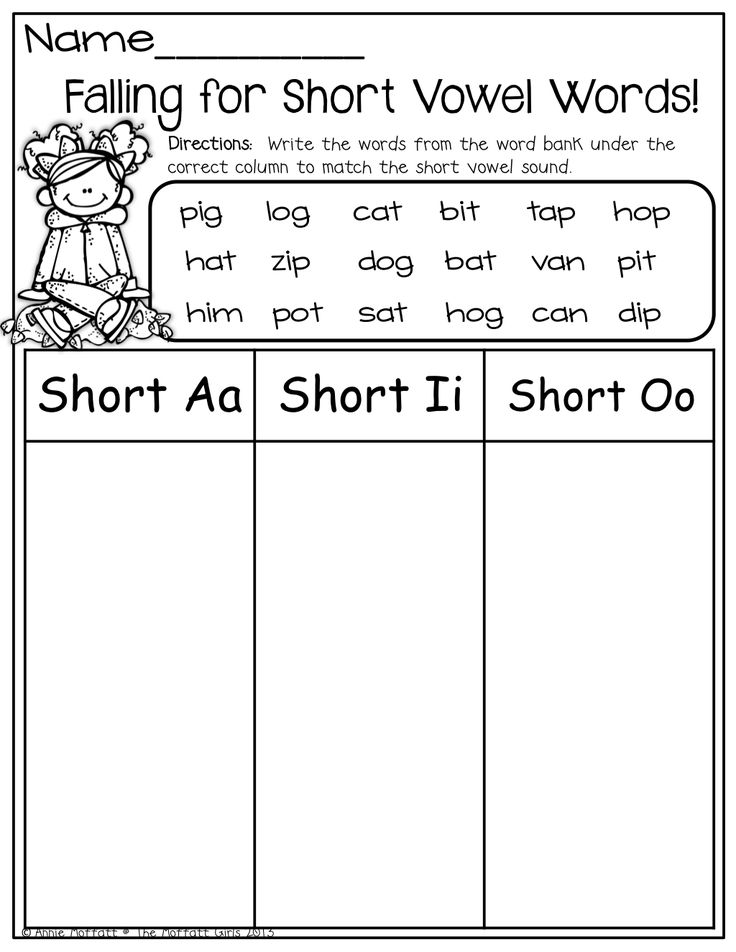 Syllable Station
Syllable Station Active children love this syllable station! Preschool students can look at pictures and read the words. Then, they use the hand clappers to clap the number of syllables in each word and circle the correct number. This is a fun and excellent strategy!
Learn more: Kickin' It In Kindergarten
9. Syllable Sticks
Practice syllables with a pair of rhythm sticks! When children are allowed the opportunity to clap out syllables, it helps them in developing phonological awareness. It is crucial that they learn to hear, process, and understand the various sounds in words. This skill is needed before they can blend sounds. Let the children take a word and divide it into syllables as they clap the sticks together for each one!
Learn more: In the Playroom
10. Counting Syllables
This is one of the most playful activities for practicing syllable counting. All you need is a few plastic hammers, paint chip strips, and Play-Doh.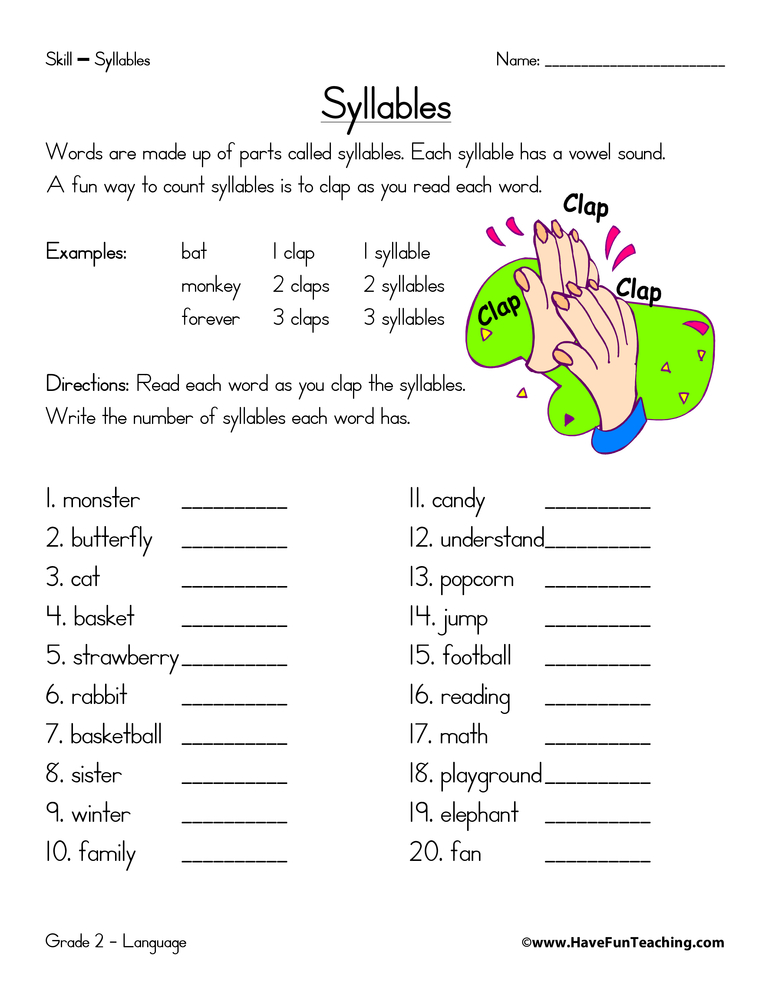 Put a small ball of Play-Doh on each paint chip square and show your preschooler the item. Have them hit each ball of Play-Doh for each syllable in the word.
Put a small ball of Play-Doh on each paint chip square and show your preschooler the item. Have them hit each ball of Play-Doh for each syllable in the word.
Learn more: Conversations in Literacy
11. Syllables Car Race
This is one of the most fun syllable activities for preschoolers! They can race their cars down the racetrack by counting the syllables of each transportation word. This fun and engaging game will also increase your preschooler's vocabulary while they practice syllable counting.
Learn more: Turner Tots
12. Syllable Sorting Mat
Enjoy this free printable mat for syllable sorting! Provide your preschoolers with a basket of items that are 1 to 4 syllable words. Have your preschoolers sort the items and place them on the appropriately numbered area of the mat. Kids love this activity!
Learn more: You Clever Monkey
Syllable Games | Classroom Strategies
As students progress in their literacy understanding, they move from reading and writing single syllable words (often with consonant-vowel-consonant constructions) to reading and writing multisyllabic words. Instruction focused on teaching students about syllables often focuses on teaching different types of syllables (open and closed) and what occurs when syllables join together within a word.
Instruction focused on teaching students about syllables often focuses on teaching different types of syllables (open and closed) and what occurs when syllables join together within a word.
| How to use: | Individually | With small groups | Whole class setting |
More phonological awareness strategies
Why teach about syllables?
- Dividing words into parts, or "chunks" helps speed the process of decoding.
- Knowing the rules for syllable division can students read words more accurately and fluently.
- Understanding syllables can also help students learn to spell words correctly.
Drumming out syllables
Students use a drum or tambourine to take turns drumming out the syllables in their names or other words. See the lesson plan.
This video is published with permission from the Balanced Literacy Diet.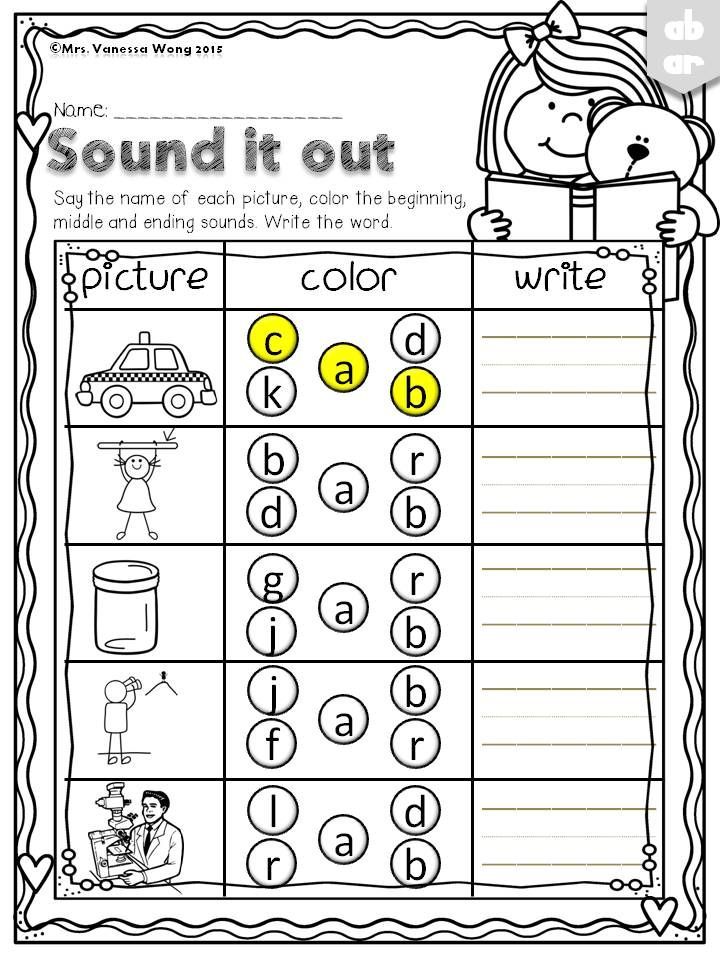 See many more related how-to videos with lesson plans in the Phonemic Awareness section.
See many more related how-to videos with lesson plans in the Phonemic Awareness section.
Syllables: kindergarten
This video depicts a kindergarten small group engaging in a syllables activity. There are 5 students in this demonstration and they are using manipulatives. (From the What Works Clearinghouse practice guide: Foundational skills to support reading for understanding in kindergarten through 3rd grade.)
Collect resources
Marker activity
This activity, from our article How Now Brown Cow: Phoneme Awareness Activities, is an example of how to teach students to use a marker (i.e., token) to count syllables.
The marker activity often used for word counting can be adapted for use in counting syllables. Teachers can provide each child with tokens and two or three horizontally connected boxes drawn on a sheet of paper.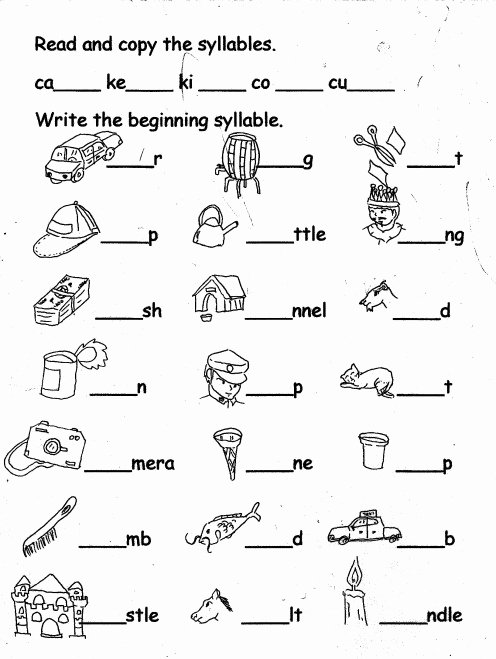 The children place a token in each box from left to right as they hear each syllable in a word.
The children place a token in each box from left to right as they hear each syllable in a word.
Multisyllabic manipulation
This example includes several activities and a chart of multisyllabic words. One specific activity from this page is the Multisyllabic Words Manipulation Game. Teachers can divide words from reading selections into syllables, write each syllable on a note card and display the syllables in jumbled order. Have students arrange the syllables to form the words.
Multisyllabic words manipulation >
Clapping games
Associating syllables with a beat can help students to better learn the concept of syllables within words. Here's a clapping game to help young learners understand about dividing words into syllables.
Basic words clapping game >
Using mirrors
The following link includes information on introductory activities such as using mirrors for teaching students about syllables. Information is also provided about the different syllable spelling patterns.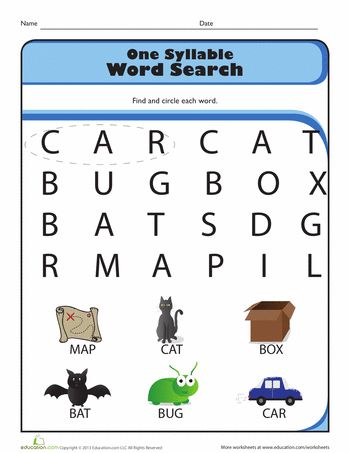
Using a mirror to understand syllables >
Jumping syllables
This activity teaches student to separate words into syllables. Students move syllables around to create new "silly" words which gives them practice manipulating different sounds.
Jumping syllables >
Find many more syllable activities developed by the Florida Center for Reading Research.
Differentiated instruction
for second language learners, students of varying reading skill, and for younger learners
- Use pictures instead of words in activities for younger and lower level readers
- Include auditory and hands-on activities (i.e., clapping hands, tapping the desk, or marching in place to the syllables in children's names)
- Include a writing activity for more advanced learners.
See the research that supports this strategy
Adams, M., Foorman, B., Lundberg, I., & Beeler, T. (2004). Phonemic Activities for the Preschool or Elementary Classroom.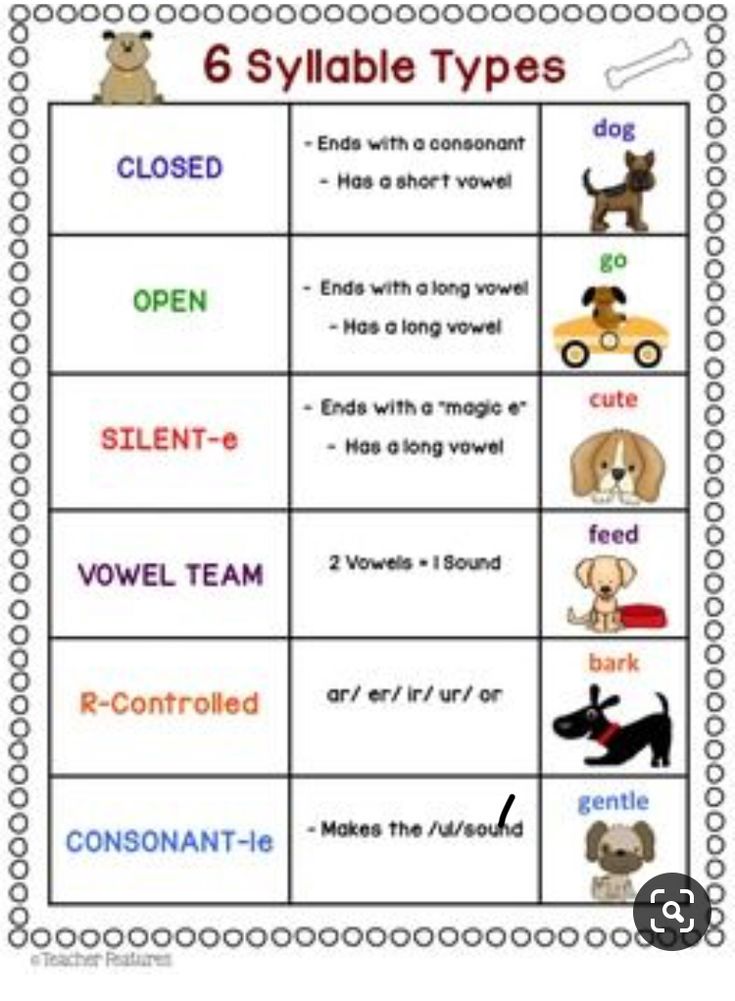
Ellis, E. (1997). How Now Brown Cow: Phoneme Awareness Activities.
Moats, L. & Tolman, C. (2008). Six Syllable Types.
Children's books to use with this strategy
Island: A Story of the Galápagos
By: Jason Chin
Genre: Nonfiction
Age Level: 6-9
Reading Level: Independent Reader
Young readers will explore the evolving terrain and animals of the Galápagos in this nonfiction picture book. Charles Darwin first visited the Galápagos Islands almost 200 years ago, only to discover a land filled with plants and animals that could not be found anywhere else on earth. How did they come to inhabit the island? How long will they remain? Thoroughly researched and filled with intricate and beautiful paintings by award-winning author and artist Jason Chin.
Where Else in the Wild? More Camouflaged Creatures Concealed & Revealed
By: David Schwartz
Age Level: 3-6
Reading Level: Beginning Reader
Close-up, full color photographs of camouflaged creatures and a variety of poems ask readers to examine the image while learning about characteristics.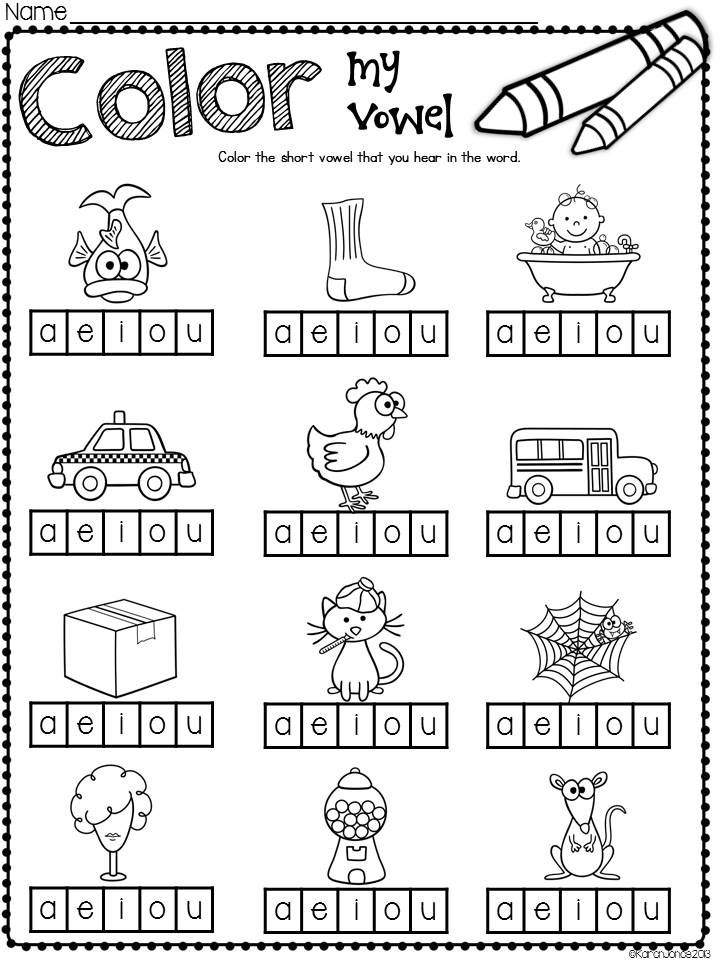 A gatefold opens to provide additional information. (This may appeal to children who like "real" things.)
A gatefold opens to provide additional information. (This may appeal to children who like "real" things.)
Dogku
By: Andrew Clements
Age Level: 6-9
Reading Level: Independent Reader
The picture book story of a dog who finds a home is told in completely (and surprisingly successfully) using haiku.
Tap Dancing on the Roof: Sijo (Poems)
By: Linda Sue Park
Genre: Poetry
Age Level: 6-9
Reading Level: Independent Reader
Like haiku, sijo – a little known, brief poetic form from Korea – looks at everyday activities from breakfast to the weather. Sophisticated illustrations complement the seemingly simple language to delight readers and listeners.
Comments
Dividing words into syllables. Modeling. | Plan-summary of a lesson in teaching literacy (middle group):
Municipal budgetary preschool educational institution kindergarten No. 20 "Buratino" Volzhsky, Volgograd region
Synopsis
Organized educational activities
in the field of "Knowledge"
"Variety of words.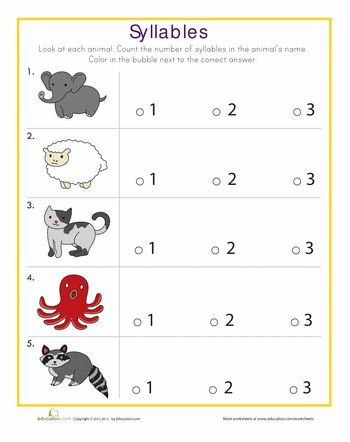 Dividing words into syllables. Modeling»
Dividing words into syllables. Modeling»
Educator
Ilyushina Yu. A.
Volzhsky 2019
Program tasks.
1. Continue to teach children to divide words into syllables, to select a scheme for the word.
2. Strengthen the ability to select words that are not only similar in sound, but also suitable in meaning.
3. Promote the development of visual and auditory attention.
4. Develop graphic skills (drawing paths)
5. Cultivate friendships.
Previous work: game exercise "Undress correctly",
Game exercise “Connect correctly”, game “Suggest a word”,
Material: workbook “From word to sound”, pencil, toys,
Cards.
Hod OOD.
- Children, let's stand in a circle, join hands and play a game
"Hello"
We walk along the path and meet our friends.
Hello sun!
Hello river!
Hello white sheep.
Hello goat,
Hello cat,
The one who washes his mouth with his paw.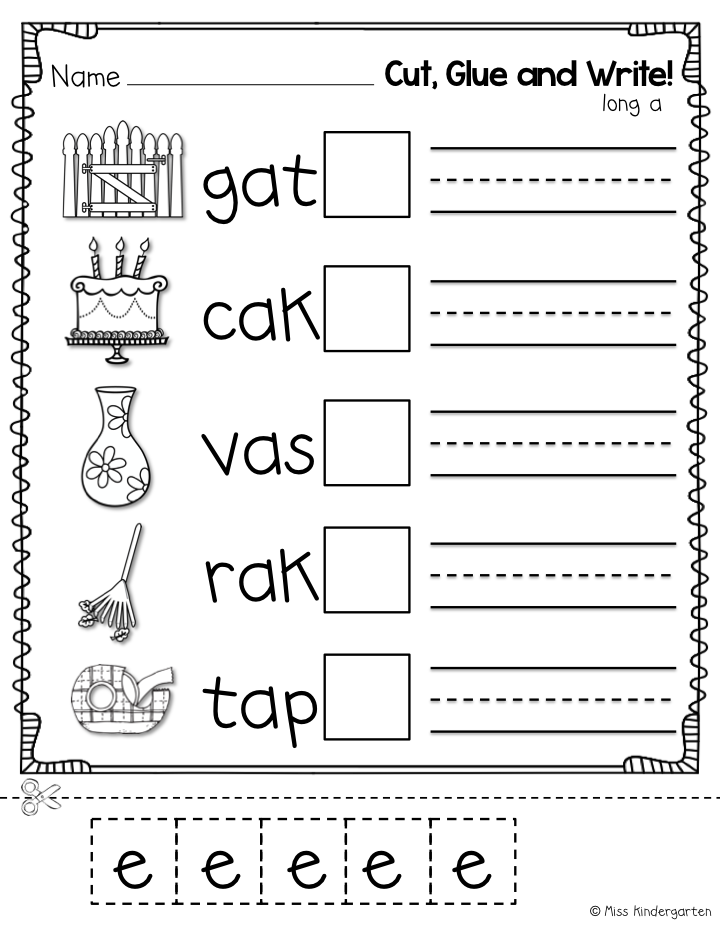
We walk along the path and meet our friends.
Hello, squirrel!
Hello, swift!
Hello, little hare!
Hello my friends!
I am very glad to see everyone!
- And now we will go to the Detsky Mir store in such a friendly company. Look how many toys there are. Name them. That's how many words you have named. Do the words sound the same or different? (differently). There are also short and long words. Here Anya called the word
"lion".
- What is the word? (a short). Show how short it is (children spread their arms to the sides)
- And Vanya called the word "car". What is it? (long)
-That's right, words are different, they sound different, they are long and short, they denote different objects.
-Children, it seems to me that someone is missing here. Someone ran away from here and hid. Let's find them and find out who hid from us. And to find out, you need to solve riddles. nine0003
“In the forest in the cold winter
Walks angry, hungry,
He snaps his teeth,
This is a gray … (wolf)
“Cunning cheat, red head,
Fluffy tail - beauty!
And her name is .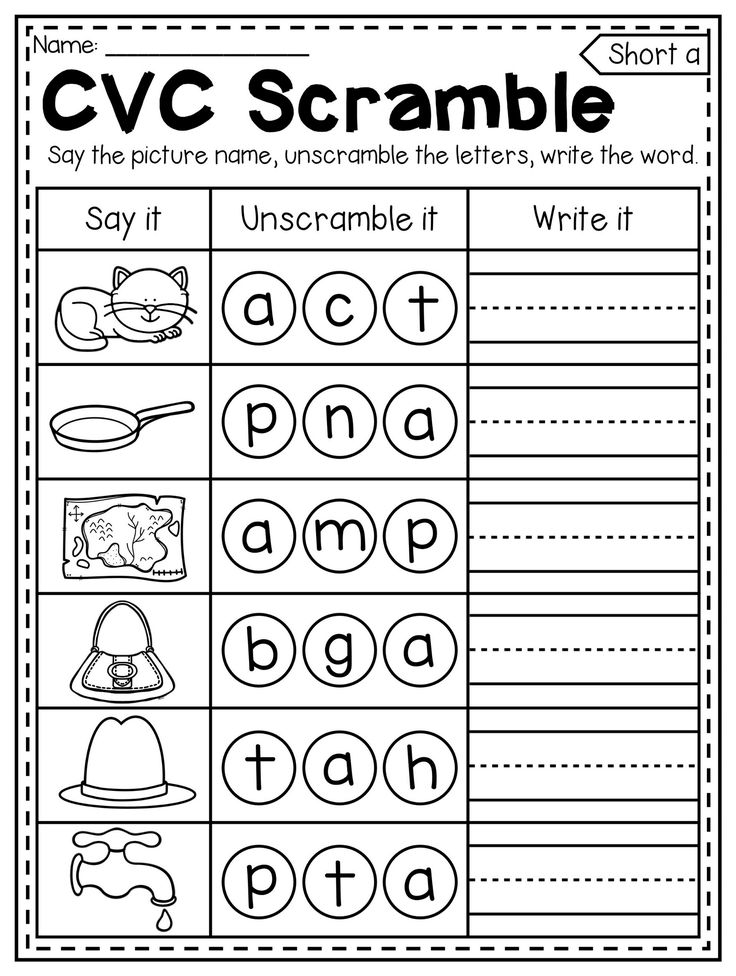 .. (fox)
.. (fox)
“He is friends with the owner,
Guards the house,
Lives under the porch,
Tail with a ring”
- While the animals were alone, they argued which animal name is longer.
Let's help them. Let's divide the words into syllables. How do we do it? nine0003
(clap the words). Let's find out how many syllables are in the word "wolf"? (one)
How many syllables are in the word "fox"? (two) How many syllables are in the word "dog"? (three)
-Our friends invite you to the tables. There, in the notebook, the same animals are also drawn. A rectangle is drawn under each picture. What does a rectangle mean in a notebook? (word)
- What scheme do we connect the Fox with? (with a rectangle that is divided into two parts)
- What scheme will we connect the wolf with? (with a rectangle that is not divided)
- What scheme will we connect the dog to? (with a rectangle that is divided into three parts)
- And now let's tell the animals which name is long (dog),
And which is short (wolf).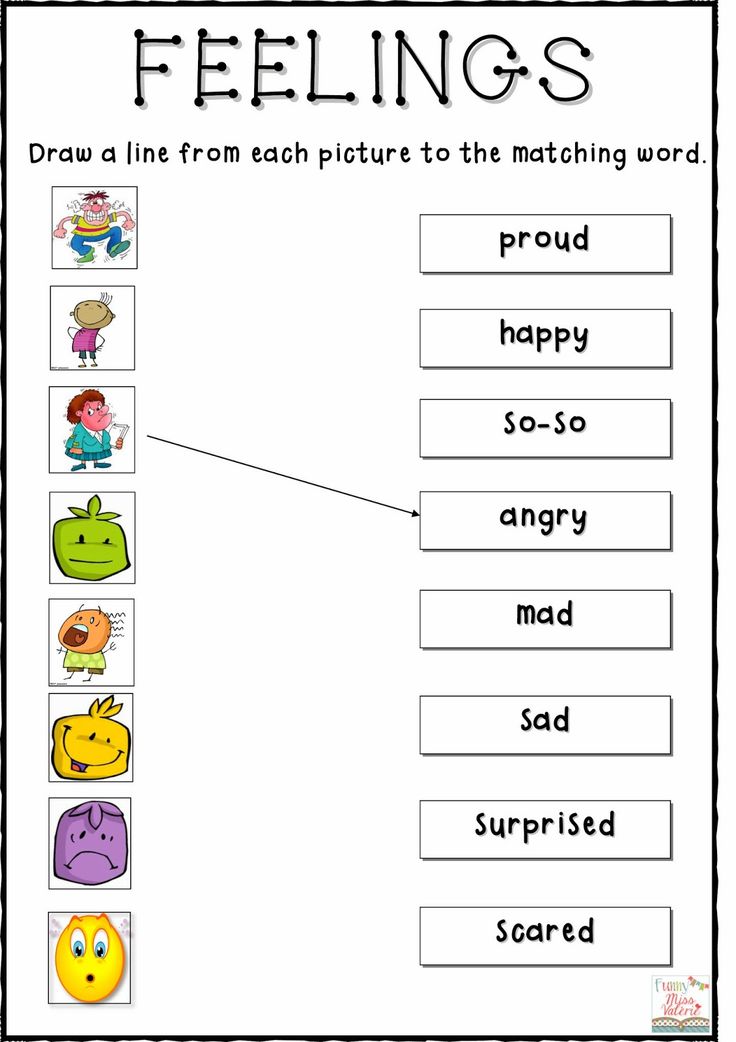 Let's look at the screen and check if everyone completed the task correctly.
Let's look at the screen and check if everyone completed the task correctly.
-Children, what animal is a fox? Wild or domestic? And the wolf? And the dog?
- Look at the next task in your notebook. The wolf and the fox had a squirrel girlfriend, and the dog met an old familiar cat. nine0003
- What does a squirrel like? (nuts)
- What does a cat like? (milk)
- Draw paths from the squirrel and cat to what they eat.
- What does a squirrel do? (Squirrel gnaws nuts)
- What is the cat doing? (The cat laps milk)
Fizminutka.
Gathering the kids, play one game
(waves alternately with the left and right hand)
Show me guys
How animals live in the forest0003
How a little squirrel washes,
How a hare galloped,
How a little wolf ran,
Like a hedgehog and a hedgehog
Picking blackberries.
Only the teddy bear sleeps
Waking up is not in a hurry.
- Now let's go back to the tables and look at the screen.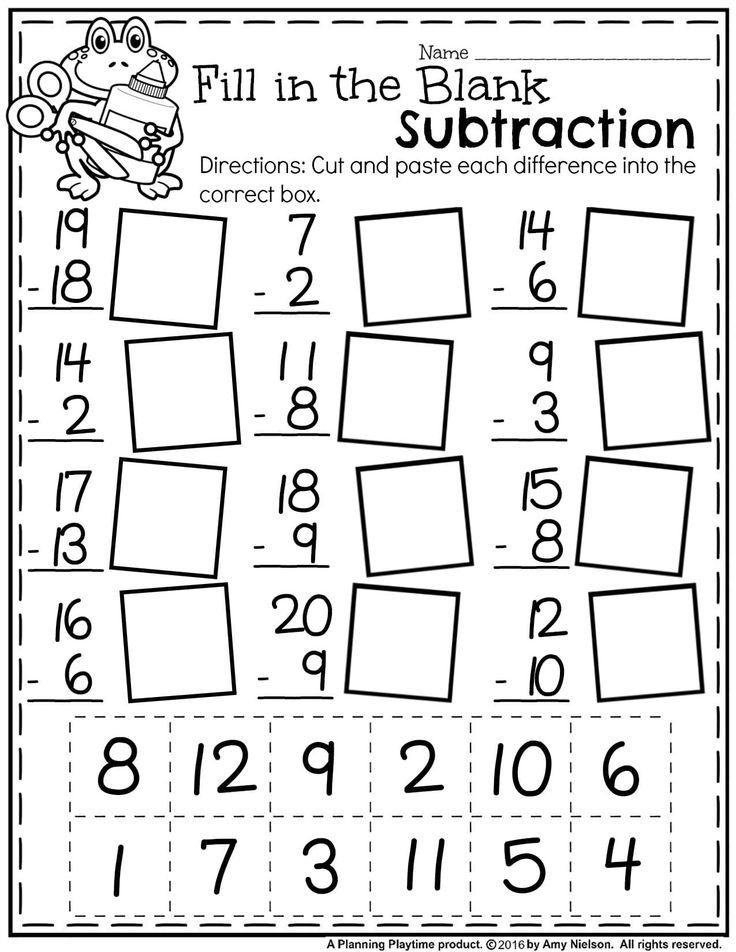 Pictures will appear on the screen, and you must raise the corresponding diagram. Let's repeat. If the word has one syllable, we raise a rectangle that is not divided. If the word has two syllables, a rectangle divided into two parts. If the word has three syllables, a rectangle divided into three parts. nine0003
Pictures will appear on the screen, and you must raise the corresponding diagram. Let's repeat. If the word has one syllable, we raise a rectangle that is not divided. If the word has two syllables, a rectangle divided into two parts. If the word has three syllables, a rectangle divided into three parts. nine0003
- Well done!
- Listen to the poem.
The verse flows smoothly, smoothly
Suddenly he stumbled and fell silent
He waits and sighs,
The words are not enough.
To go on a good journey again
The verse flows like a river,
Help him a little bit
Tell me a word.
1. In the morning to the river along a wonderful road
Tanned ones run quickly ... (legs)
2. It dried up in the hot sun
And breaks from the pods ... (peas)
3. There is a palace on a pole
There is a singer in the palace,
And his name is ... (starling)
... (soap)
6. Mikhail played football
And scored in the goal .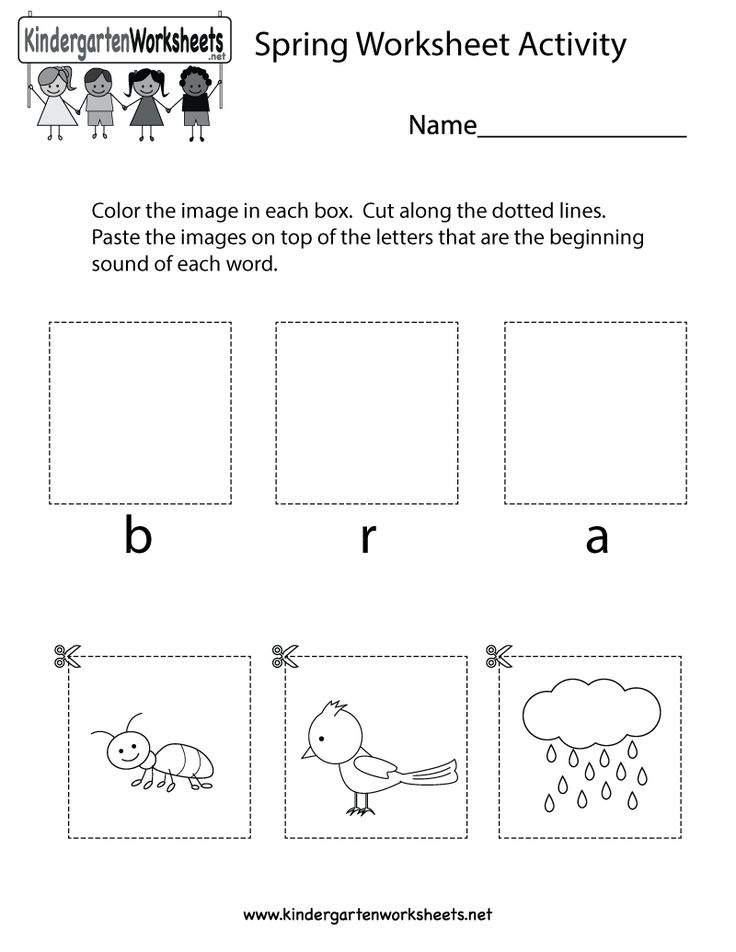 .. (goal)
.. (goal)
7. Who will color our album
Well, of course ... (pencil)
Reflection.
1. What did we do today? (divided words into syllables, fed animals)
2. Whom did you help? (animals)
3. Why were you able to help animals? (because we know how to divide words into syllables)
Rules for dividing words into syllables
Under the concept of "syllable structure" of a word, it is customary to mean the mutual arrangement and connection of syllables in a word.
The syllabic structure of a word is built on a combination of speech sounds following one after another, which are composed into syllables (parts) of a word and then into words, i.e. into rhythmic parts and groups.
Each word has its own specific rhythm. There are words similar in rhythm that are combined into groups - monosyllabic (single-syllable, single-syllable words with a confluence of consonants at the beginning or end of a word), disyllabic (two-syllable words with open syllables and closed syllables, words with a confluence of consonants .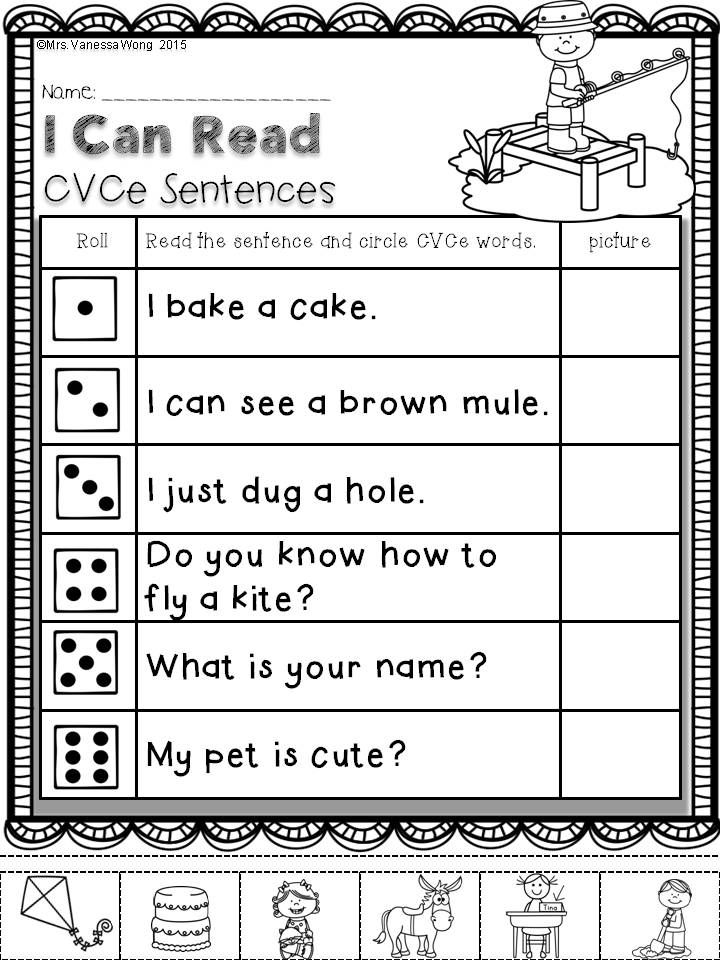 ...), etc. .d.
...), etc. .d.
Some rhythmic parts or groups require abrupt pronunciation, others - smooth, drawn out, melodious; some sounds attract stress, others are deprived of it, etc. Thus, in oral speech we notice a certain rhythm. nine0003
Work on the syllabic composition of a word begins with work on rhythm. The work is based on the clapping of words by syllables with the emphasis on the stressed syllable in the voice and louder clap. Before starting work on words, it is necessary to teach the child to clap, then clap softly and loudly, clap once and many times.
In Russian there are sounds of different audibility: vowels are more sonorous than consonants.
1. It is the vowel sounds that form syllables, are syllable-forming.
A syllable is one sound or several sounds pronounced by one expiratory push of air: wow, wow. There are as many syllables in a word as there are vowels. Consonants are non-syllabic. When pronouncing a word, consonants "stretch" to vowels, forming a syllable together with vowels.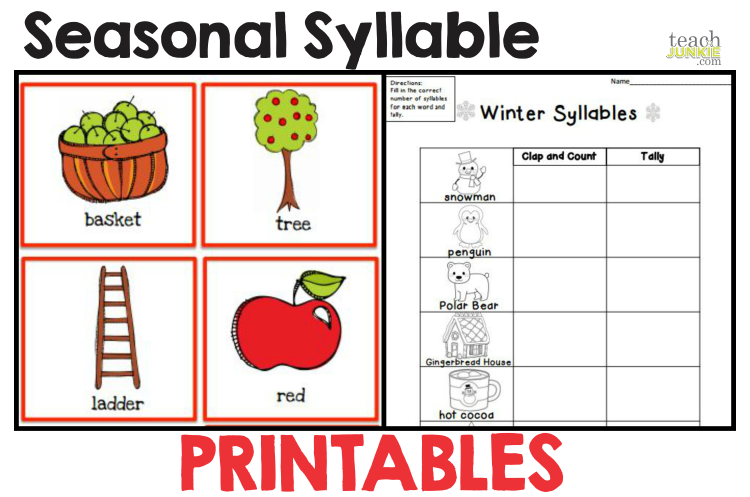
2. A syllable can consist of one sound (and then it must be a vowel) or several sounds (in this case, in addition to the vowel, there is a consonant or a group of consonants in the syllable): rim - o-bo-doc; country - country; night light - night light; miniature - mi-ni-a-tu-ra. If a syllable consists of two or more sounds, then it must begin with a consonant.
3. Syllables are open and closed.
An open syllable ends in a vowel sound: water, country.
A closed syllable ends in a consonant: son, liner. nine0003
The following exercises will help to visually demonstrate the topic:
- Candle experiment. Light a candle. Sit opposite. Speak loudly, actively exhaling air, different words. For each syllable, the flame will waver.
- Clap hands. Invite the boy or girl to clap their hands for each syllable in the word.
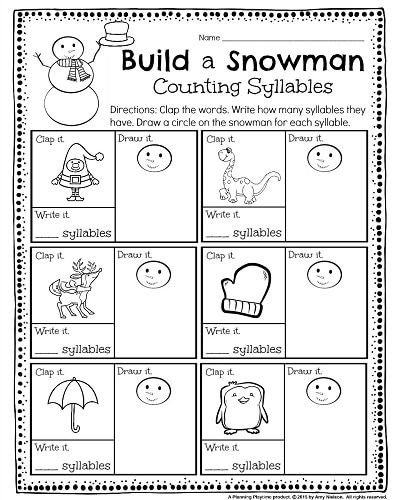
Learn more


